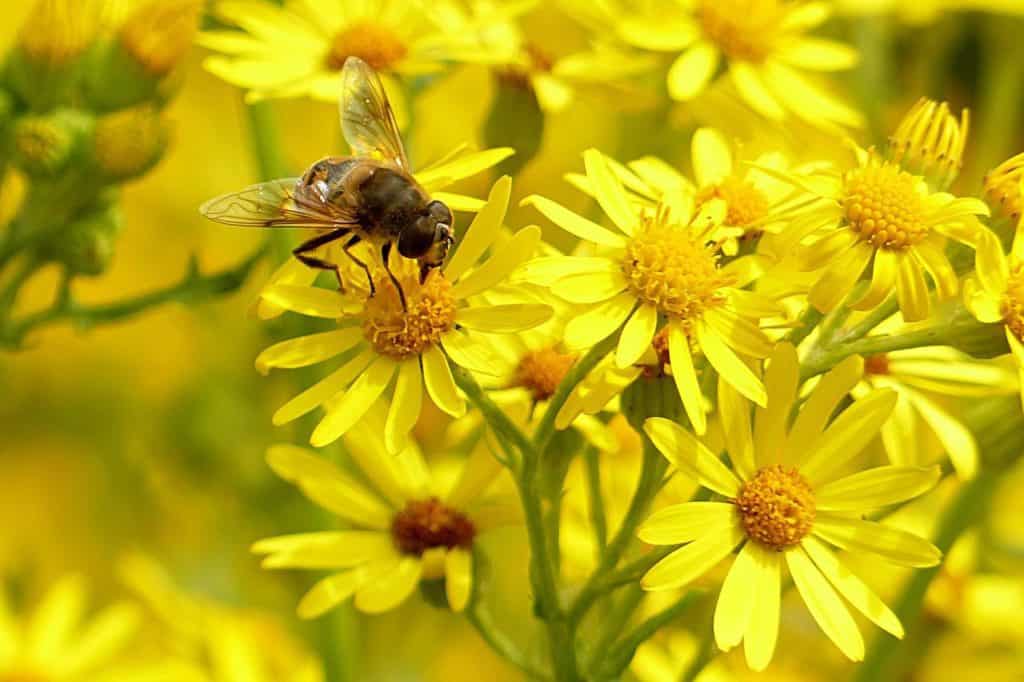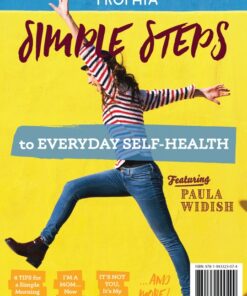Landscape plans may be the furthest thing from your mind now that it’s autumn, but I say this is the perfect time. With incredible deals at local nurseries, you can get so much more bang for your buck—sometimes twice as much.
My family has moved around a fair bit, and at each of our homes we’ve planted shrubs, bushes, and sometimes flowers in the fall with no problems at all. There was even a time when we planted black-eyed Susans and purple coneflowers that looked basically dead. Lo and behold, in the spring each and every one of them bloomed like nobody’s business. Super cool. So if you’re concerned about it being too late in the season, don’t be.
While you’re choosing what to plant, it’s hard not to consider what’s going on in the world around us. When I came across “Poor Nutrition Overlaps with Pollinator ‘Hotspots,’” an article highlighting a recent Stanford University study about the plight of bees and other pollinators, it really hit home. Now I’m determined to plant with a purpose this year.
The study makes the connection between the decline in the health and population of bees and other pollinators and the current state of decline in human health and nutrition around the world. Dr. Royal Lee discussed malnutrition many years ago, and the authors of the study confirm that malnutrition is still an urgent issue, specifically in places like India and Southeast Asia. The decline in bee population has a direct impact on the crops that depend on them for pollination. Fewer crops mean less food, especially from plants that provide nutrients like vitamin A and iron.
While the study didn’t focus on North America specifically, many of us have probably at least heard something about the plight of the bees and the problem of Colony Collapse Disorder right in our neighborhoods. It’s foolish to ignore these issues and think they couldn’t possibly get as bad as they are in other places. But there are little steps we can all take to make it better.
One of the most simple things you can do is plant more of the shrubs and flowers that bees are attracted to. This will attract them to your garden to pollinate your fruits and vegetables. If you aren’t sure where to begin, check out the article “Attracting More Bees and Pollinators to Your Garden” for an extensive list of plants that will bring the bees your way.
Of course, it’s also important to choose plants that will provide healthy nutrients for the bees. In the SRP blog archives, you’ll find all sorts of information about what honeybees need from us humans. Don Studinski’s “Your Backyard Garden Is Killing Honeybees!” encourages gardeners to adopt organic gardening practices and seek out plants from organic nurseries in the name of saving the honeybees. He points out that the toxins found in many gardens make their way throughout the entire plant, including the parts the bees are after, and therefore into the bees as well. This is an important piece of the puzzle, and solving it will help us keep bees around.
If you’ve been thinking about some landscaping projects for the spring, why not save yourself a little money and step it up on the “to do” list for this fall. And while you’re planning, remember the bees.
What’s your favorite plant for attracting bees?




Be sure to ask your nursery if the plant you are buying or the soil it was grown in was treated with systemic poison. That’s the stuff that makes it into the pollen and nectar the bees seek. You can find a list of stores that will provide you with systemic poison free plants at http://beesafeboulder.com/learn-more/how-to-grow-your-garden/
Thanks for this article! … Don Studinski
Thanks for your comment and the wonderful link, Don! I found myself zipping around the Bee Safe Boulder website for quite some time. It had great information about what plants to plant, where to get them, and what products to use as well. Fantastic! It would be wonderful if it was a resource for people around the country – sort of an “enter your zip code” tool – to find safe plants no matter where they live. Do you know if such a thing exists? Again, thank you for taking the time to read and comment, Don.